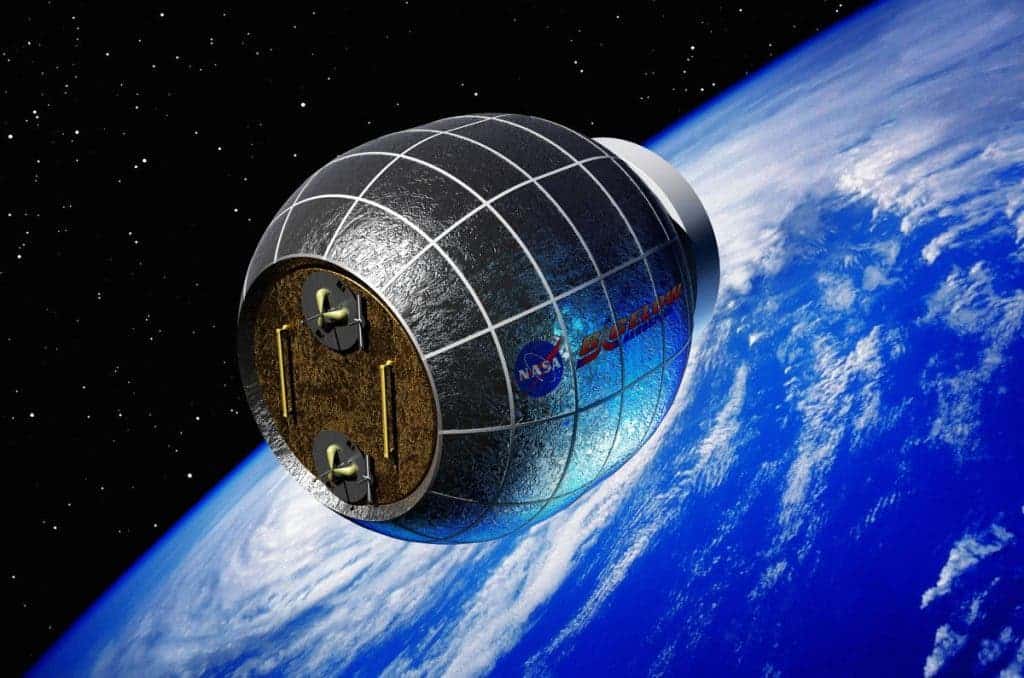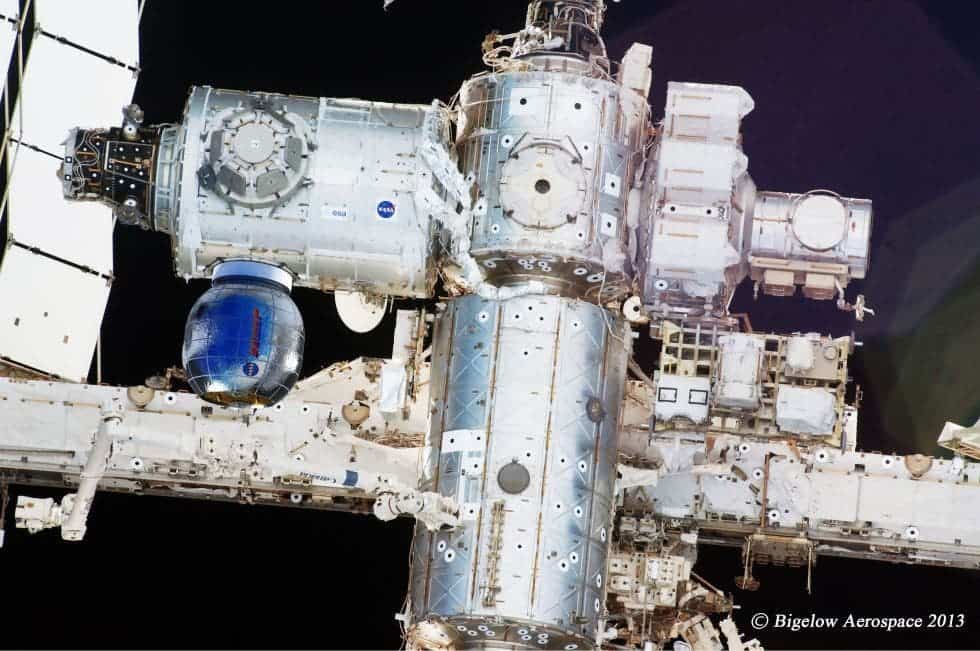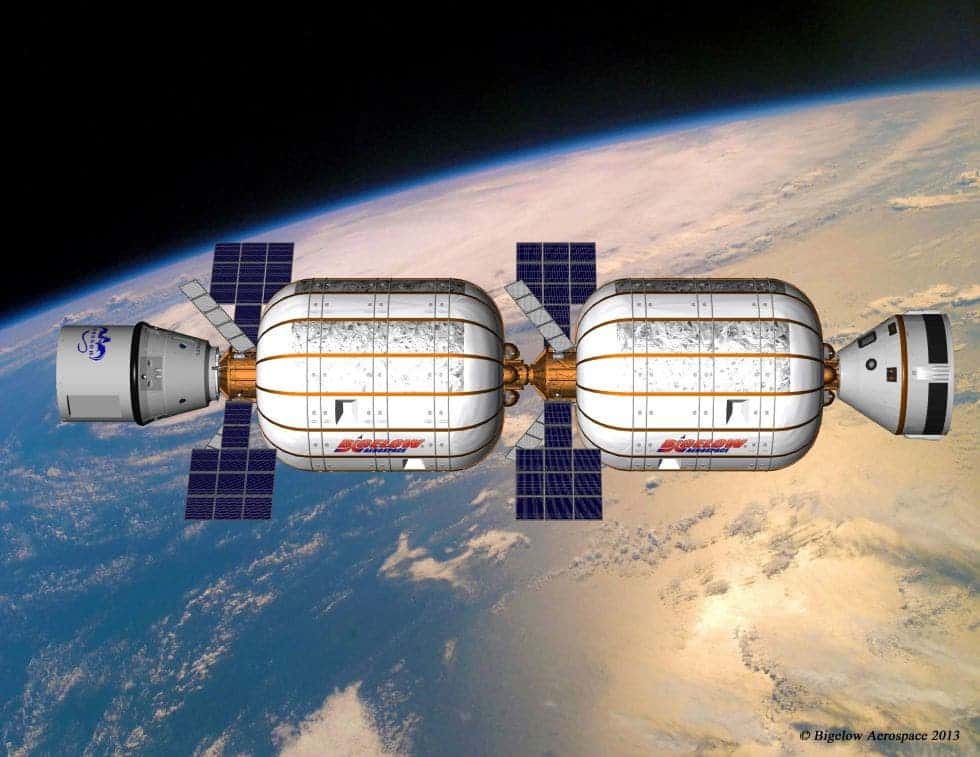SpaceX will launch as early as April 8 an inflatable habitat module destined for the International Space Station. The module will arrive at the space station in compact form, before significantly expanding in size. It will be thoroughly tested before any astronaut is allowed to set foot, but if all goes well the proof of concept might become the norm for space habitats. These are cheaper and provide more room. Though not obvious, inflatable habitats should be safer too.

The Bigelow Expandable Activity Module, or BEAM, was developed by the private venture Bigelow Aerospace and strict collaboration with NASA over the last few years. The founder of the company, Robert Bigelow, made a fortune in the hotel and real estate business. He opened the company in 1999 with the ultimate goal of building a hotel in space and bring tourism to the final frontier.
In 2006 and 2007, Bigelow launched two inflatable modules in space, Genesis I and Genesis II, respectively. Genesis II had a designed life period of six months, but is still functional to this day. Structure integrity wasn’t affect, pressure and thermal conditions are still optimal. After tens of thousands of completed orbits, Genesis II will eventually crash into the ocean.
Once docked with the ISS, the BEAM module will inflate five times its volume to 16 cubic meters. Other pods, and even a spacecraft, can be attached to BEAM providing even more living space. NASA is paying Bigelow Aerospace $17.8 million for the module.

For the next two years, scientists will closely monitor BEAM to see how it withstands the harsh environment of space. Unlike the space station’s metallic shield, BEAM is made of several layers of tough fabric, including Kevlar. This provides better radiation shielding as it reduces scattering.
There are more than 20,000 pieces of debris larger than a softball orbiting the Earth. They travel at speeds up to 17,500 mph, fast enough for a relatively small piece of orbital debris to damage a satellite or a spacecraft. A balloon in space seems like a sitting duck for space debris, but Bigelow says their module should withstand a collision at least just as good as the aluminium hull of the ISS.
“It’s a pathfinder for building manned space habitats,” said Lisa Kauke, BEAM deputy program manager at Bigelow Aerospace.
BEAM is designed to last at least five years, but it won’t stay attached to the space station for that long. Once the experiments are over, it will likely be detached to make room for another (maybe inflatable) module. Following BEAM, is the much slated B330 which stands for 330 cubic meters of interior space. The whole space station has a habitable volume of 425 cubic meters, in comparison.

“By attaching BEAM to the ISS, we’ll be able to evaluate our technology, elevate its technology readiness level and demonstrate that we are ready to support humans in space,” Kauke added.
It’s amazing to see so much progress being made by private space ventures like SpaceX, Bigelow, Boeing or United Launch Alliance. Hopefully, the industry will reach that critical mass point where it will grow exponentially.






